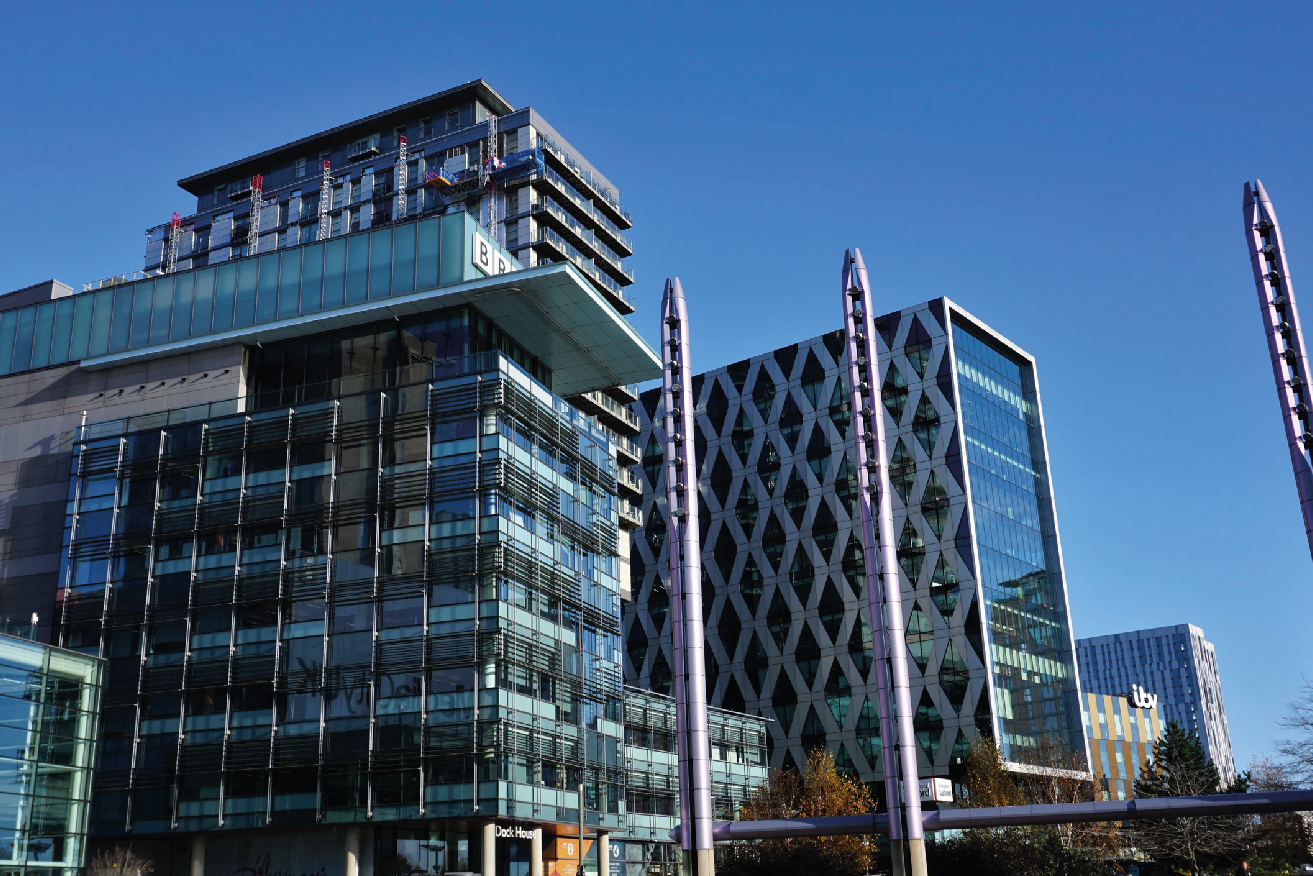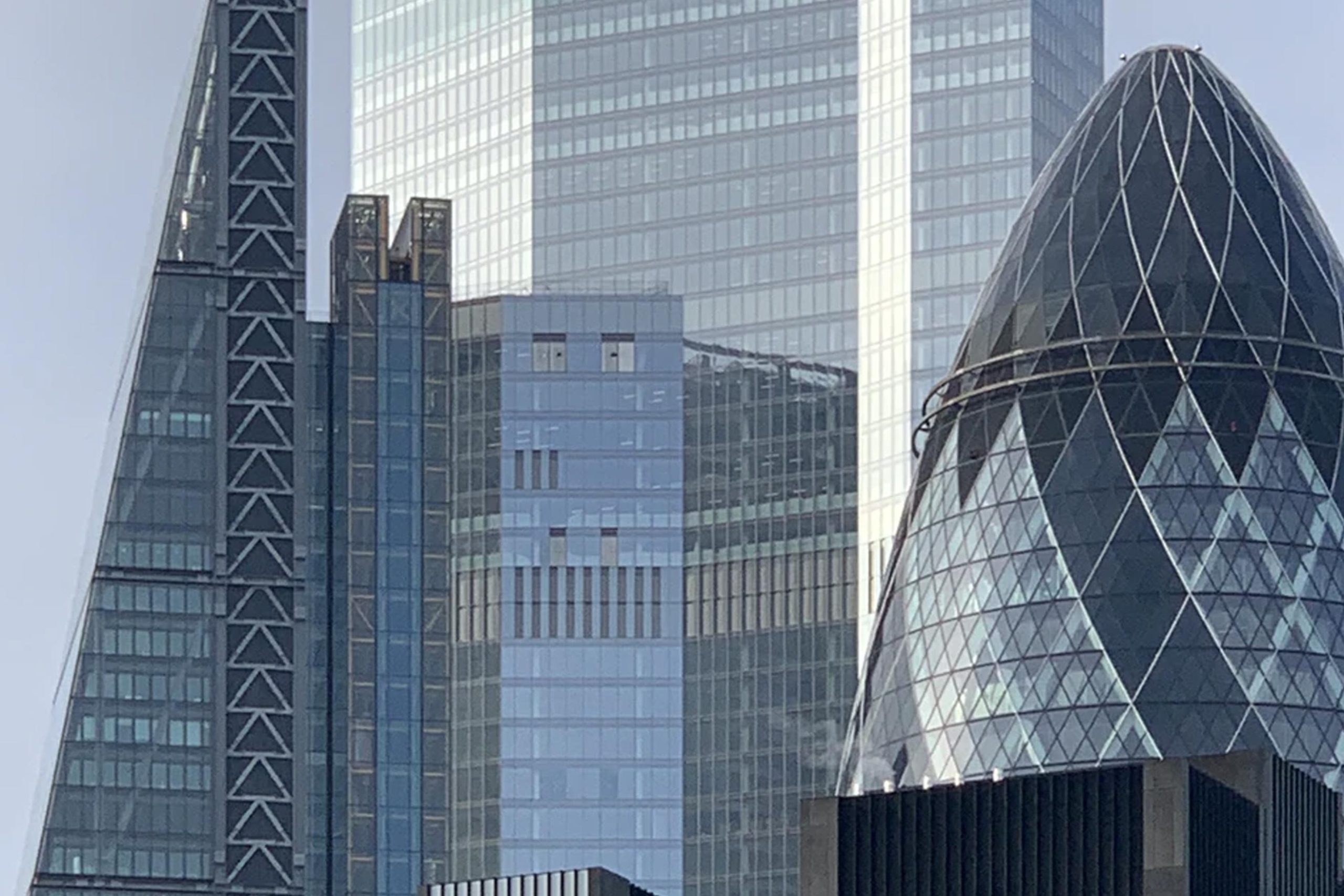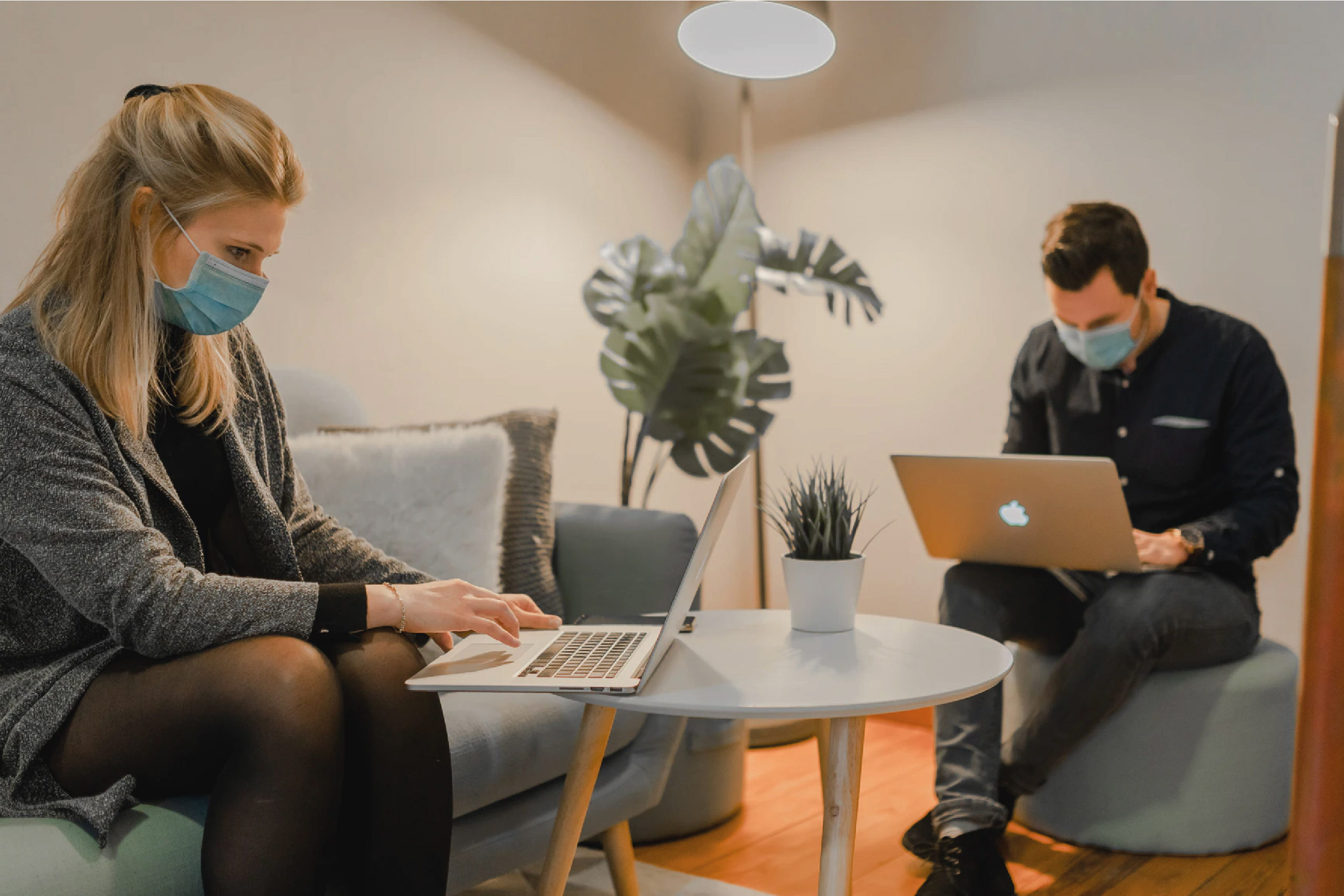Serviced offices in MediaCity put your company at the heart of not only one of the fastest growing business districts in the UK, but also the country’s largest regional economy, which continues to attract significant further investment.
In November, the real estate group Landsec announced the acquisition of a 75% stake in MediaCity at a cost of over £425 million, with the development currently spanning almost 1.5 million square feet of media, digital and tech space.
Phase One of MediaCity was completed a decade ago and is 96% let, with outline planning consent already in place for a further 1.6 million square feet to be added to the already underway second phase, taking Phase Two alone to a total of 2.3 million square feet.
‘Significant scale’ in regional cities
The investment highlights how the north-west and Manchester in particular is perceived as a destination with significant value for commercial development and real estate investment.
Landsec’s announcement explained why Greater Manchester is a good match for its current investment strategy:
– Greater Manchester is the UK’s largest regional economy
– Offices in Greater Manchester are also the largest regional market
– MediaCity offers large-scale development with “a clear sense of place”
This last point is clear if you spend any time in and around the MediaCity estate, with its outlook across the open water of Salford Quays, its mixed-use developments, and its nearby leisure and retail destinations.
However, the next stage of development will take some time; Landsec CEO Mark Allan said he sees “the opportunity to invest and further develop the estate, with the potential to be on-site from the first half of 2023”.
No need to wait
If you are a small business looking for offices in Salford Quays, our serviced offices in MediaCity could put you at the heart of the action in no time at all.
We have serviced offices on Clippers Quay in the MediaCity M50 postcode district, as well as serviced offices on Exchange Quay, just a short distance away in the Manchester M5 postcode.
Both locations give you turn-key business premises in Greater Manchester’s most desirable districts, with easy access into the city centre via Metrolink and immediate links with the city’s ring road network via the M602.
Find out more
If your plan for the new year is to find professional premises for your growing business, or even just to rent a small office in Greater Manchester so you no longer have to work from home as a sole trader, get in touch with the Serviced Office Company immediately.
Our serviced offices in Manchester and Salford Quays have meeting rooms for hire on-site, so if you need to meet face-to-face with potential clients, investors or candidates, you can do so in professional surroundings with refreshments, audiovisual equipment and so on.
We also offer virtual offices in Manchester, allowing you to use the contact details of our physical locations in M5 and M50, while continuing to work remotely from wherever you want.
The rooms are ready and waiting – so rent your serviced office space today and put your business at the centre of the UK’s largest regional economy as we move into a new year of growth.








